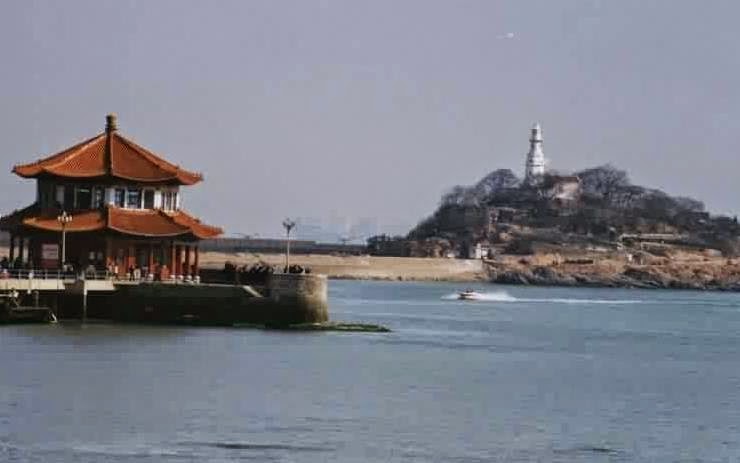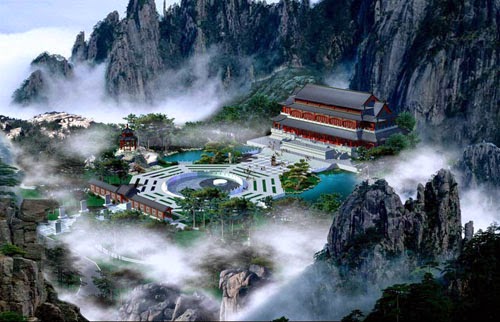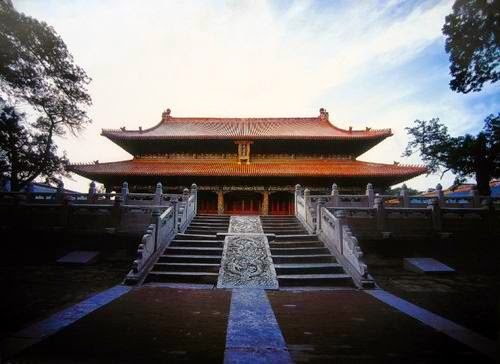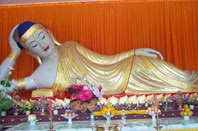Xiao Qing Dao was a restricted military area until 1987. During the German
occupation in 1900, they named "Qingdao "
for their leased territory, and built a lighthouse on Small Qingdao
Island Jiaozhou Bay and occupied it, and afterwards they renamed Small
Qingdao to "Kato
Island
The island is famous
for its unspoiled natural scenery, which includes steep rocky outcrops, and a
variety of trees, such as cherries, pomegranates and hibiscus. Visitors can
either walk along the coastline to enjoy the gentle ocean breeze, and to admire
the incredible scenery, or sit on the beach to watch and listen to the gentle
waves roll in. There are also statues and pavilions that can be viewed at
various locations. This all makes for a delightful island to visit.
Another famous
island attraction that adds to the glamour of Small Qingdao
Island Qingdao
and call this view 'Floating Light on the Qin Island
For more information, please visit http://top-chinatour.com













































